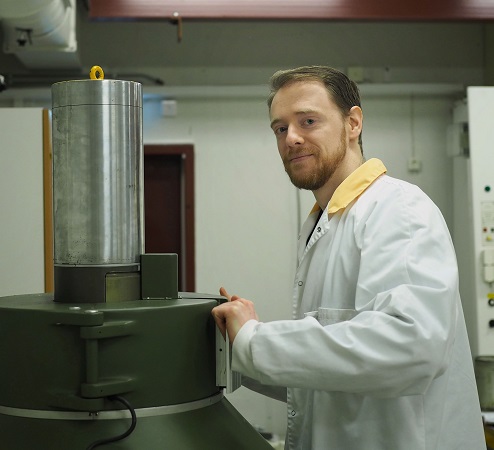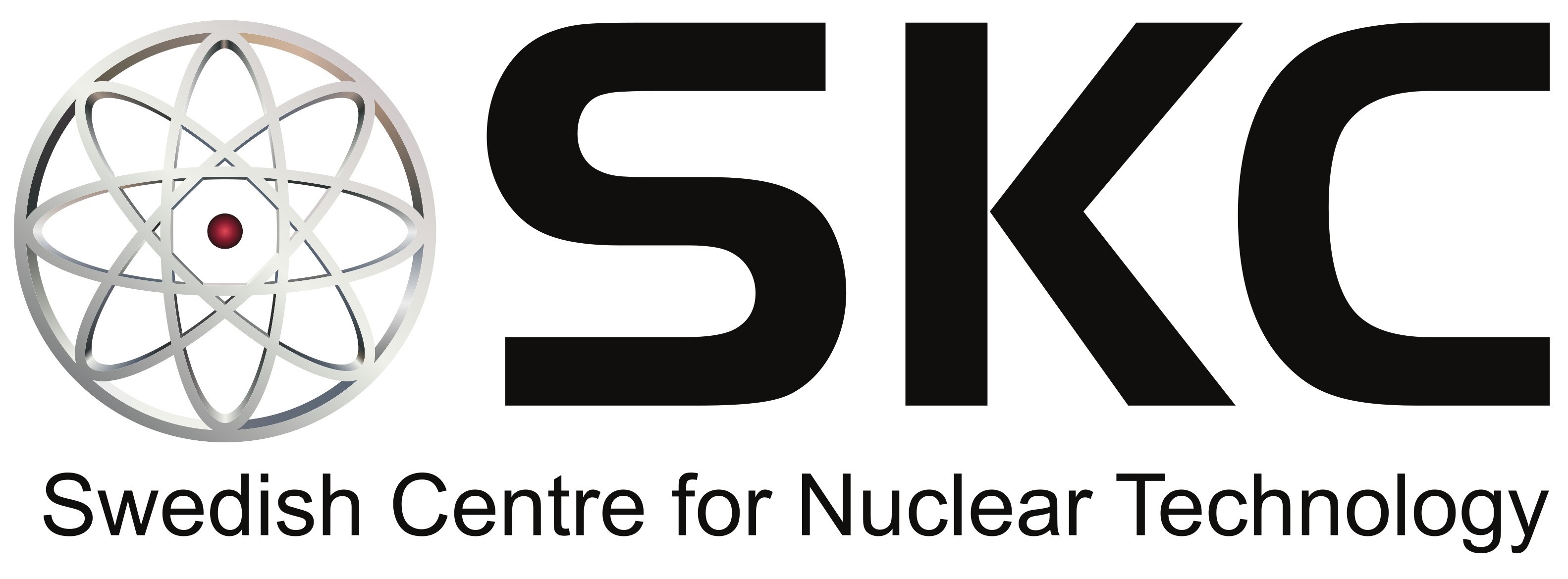Impact of radiation chemistry on surface processes in LWRs

Research hosts
KTH, Department of Chemistry, Division of Applied Physical Chemistry Chalmers, Department of Chemistry and Chemical Engineering, Nuclear Chemistry and Industrial Material Recycling
Research done by doctoral student
Luca Gagliani
Main supervisor
Mats Jonsson
Co-supervisor
Christian Ekberg
Formal project start
2022-02-01
Expected time of completion
2026-02-01
Discipline
Nuclear chemistry, radiation chemistry
Keywords
Nuclear chemistry, light water reactors, surface processes
Motivation
Surface reactions such as metal corrosion, oxide deposition and oxide release/dissolution are processes that have a significant impact on the performance of occupational safety around nuclear reactors. These processes are largely governed by the fairly harsh conditions prevailing inside a nuclear reactor. These conditions include high temperatures, high pressures, intense neutron fluxes and intense gamma fluxes. The primary oxidative radiolysis products in gamma-irradiated water are hydrogen peroxide (H2O2), the hydroxyl radical (HO•) and to some extent also the hydroperoxyl radical (HOO•). Molecular oxygen (O2) is subsequently formed as a secondary oxidative radiolysis product. These products may react with metal and metal oxide surfaces either by redox reactions or via surface catalyzed decomposition.
In the present project, the mechanisms behind corrosion, oxide deposition and oxide release will be studied with particular emphasis on the role of water radiolysis. Corrosion and release of activity are often simulated in set-ups where the impact of water radiolysis is simulated by adding H2O2 to the water. In some cases, this could be sufficient to mimic the in-reactor conditions while in other situations, the involvement of other radiolysis products cannot be omitted. The aim of this project is to identify situations where the simplified approach can be sufficient and situations where this is not sufficient. The materials used in the experimental studies will include but not be restricted to cladding materials, grid spacer materials and oxide depositions.
Key findings thus far
The project has been recently started, focusing on the validation of the ideated setup and adopted procedures. The actual phase is focused on the investigation of gamma radiation-induced water radiolysis in presence of test materials and how the radiolysis products are influenced by/influence the abovementioned.
Publications from this project
No publications yet.
Collaboration partners
Westinghouse, Vattenfall and OKG are part of the project, providing background knowledge, test materials and data from actual scenarios.
